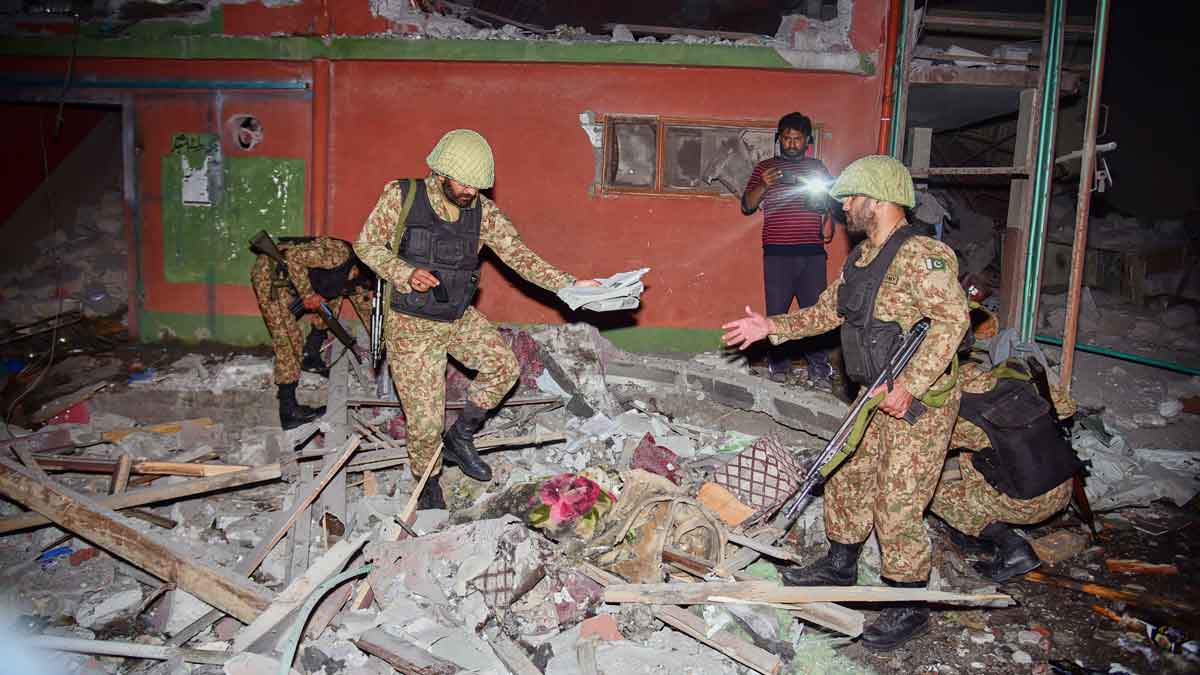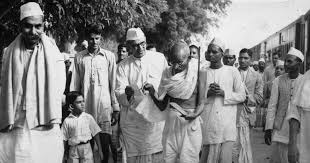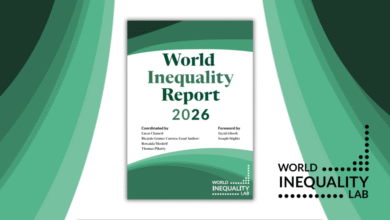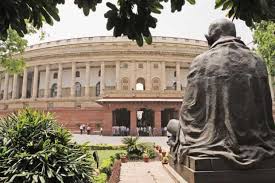India’s Response to Terror: Diplomacy or Military Action?
V K Pant
The story of India’s fight against Pakistan-sponsored terrorism has been one of deep tragedy and critical strategic choices. Following three major terror incidents in recent memory—the 2008 Mumbai attacks (26/11), the 2019 Pulwama bombing, and the 2025 Pahalgam civilian massacre that prompted Operation Sindoor—India faced a recurring dilemma: Should it prioritize global diplomacy or direct military deterrence?
Background: Why Pakistan Turned to Proxy Warfare
The 1971 Indo-Pak war and the creation of Bangladesh dealt Pakistan a severe strategic and psychological blow. Realizing that conventional warfare with India was a losing proposition, Pakistan’s military and intelligence establishment pivoted toward proxy warfare.
The Soviet invasion of Afghanistan in 1979 gave Pakistan a new role as a conduit for U.S. and Saudi-backed jihad against the Soviets. The Inter-Services Intelligence (ISI) expanded its support to militant groups, embedding them in the region’s conflict ecosystem. After the Soviet withdrawal, these assets were redirected toward Kashmir.
By the 1990s, groups like Lashkar-e-Taiba, Jaish-e-Mohammed, and Hizbul Mujahideen became central to Pakistan’s strategy of asymmetric warfare against India, enabling a low-cost, high-impact campaign to destabilize the region.
Case Studies: Diplomacy vs. Military Deterrence
26/11 Mumbai Attacks: Diplomacy First
In 2008, after terrorists killed 170 civilians in Mumbai, India chose diplomatic restraint. Instead of military retaliation, it led a global campaign to isolate Pakistan diplomatically:
• Pakistan was grey-listed by the Financial Action Task Force (FATF) in 2012.
• The UN Security Council banned Jamaat-ud-Dawa.
• Even China, Pakistan’s closest ally, refrained from overt support.
While India gained international credibility, the masterminds like Hafiz Saeed evaded justice.
Pulwama 2019 & Operation Sindoor 2025: Military Strikes
The 2019 Pulwama suicide bombing triggered airstrikes on Balakot, crossing the Line of Control. This assertive response won domestic applause but achieved limited international support. Pakistan retaliated, and the impact on terror infrastructure remained ambiguous.
In 2025, after 26 civilians were massacred in Pahalgam, India launched Operation Sindoor—a cross-border missile strike. This time, the global environment had shifted. China openly backed Pakistan, and Western powers remained silent. Once again, the masterminds stayed untouched.
Comparative Metrics: Diplomacy vs. Deterrence
Metric Post-26/11 Diplomacy Pulwama & Operation Sindoor Deterrence
Global Support Strong and visible Limited or muted
FATF Action Grey-listed Pakistan Relied on earlier pressure
Domestic Sentiment Moderate, long-lasting Strong but short-lived
Justice Delivered No No
Conclusion: Towards a Hybrid Strategy
Diplomacy offered India long-term strategic leverage, while military action delivered short-term emotional relief. However, neither approach succeeded in dismantling terror networks or punishing their masterminds.
The key lesson is clear: India must adopt a hybrid strategy—firm diplomatic engagement combined with decisive military action when necessary. More importantly, efforts must focus on dismantling terror ecosystems and building global consensus for zero tolerance toward state-sponsored terrorism.





